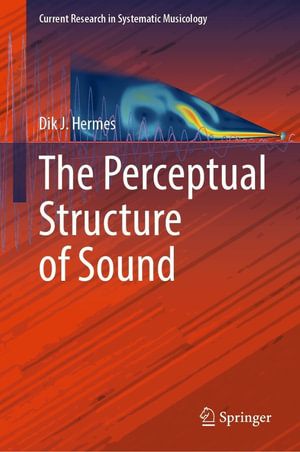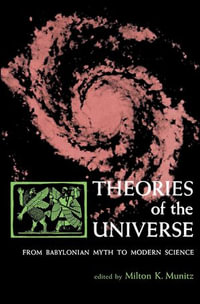
eTEXT
At a Glance
eText
$349.00
or
Instant online reading in your Booktopia eTextbook Library *
Read online on
Desktop
Tablet
Mobile
Not downloadable to your eReader or an app
Why choose an eTextbook?
Instant Access *
Purchase and read your book immediately
Read Aloud
Listen and follow along as Bookshelf reads to you
Study Tools
Built-in study tools like highlights and more
* eTextbooks are not downloadable to your eReader or an app and can be accessed via web browsers only. You must be connected to the internet and have no technical issues with your device or browser that could prevent the eTextbook from operating.
ISBN: 9783031255663
ISBN-10: 3031255666
Series: Current Research in Systematic Musicology : Book 11
Published: 10th June 2023
Format: ePUB
Language: English
Publisher: Springer International Publishing
Volume Number: 11
You Can Find This eBook In
This product is categorised by
- Non-FictionEngineering & TechnologyOther Technologies & Applied SciencesAcoustic & Sound Engineering
- Non-FictionArts & EntertainmentMusic
- Non-FictionSciencePhysicsClassical MathematicsWave Mechanics including Vibration & Acoustics
- Non-FictionEngineering & TechnologyOther Technologies & Applied Sciences























